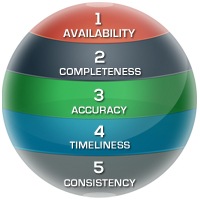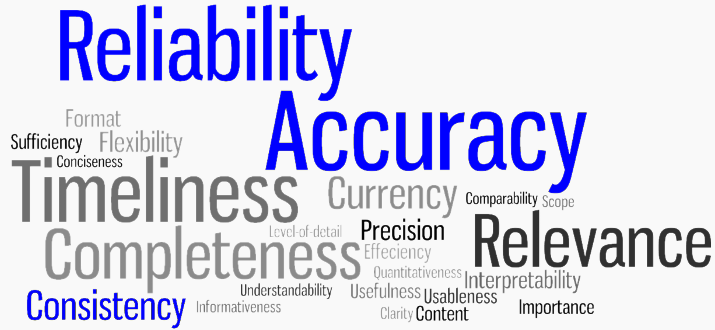Part III- Four Strategies to Assess Data Quality for Identity Management
Identity Management (IDM) systems rely on accurate user data in order to manage user access, enforce policies, and support network security. Historically, organizations have not had a good grasp on the required data profile of their user populations, including employees, contractors, partners, and vendors. In fact, many organizations know very little about their contractor populations […]
Part III- Four Strategies to Assess Data Quality for Identity Management Read More »







